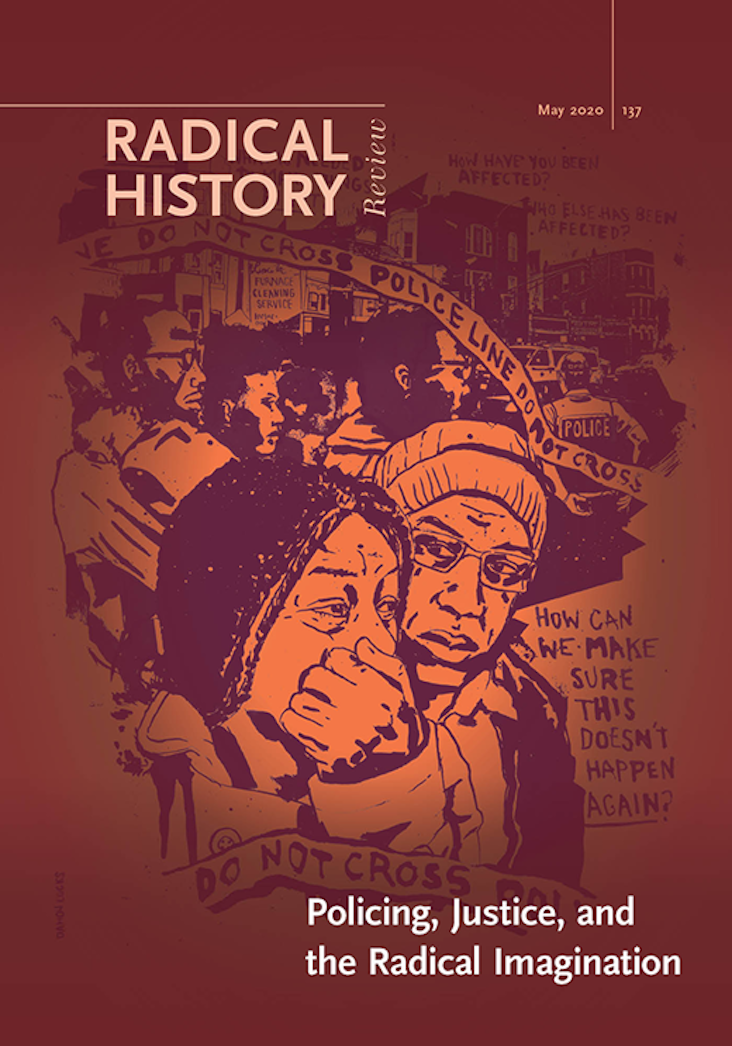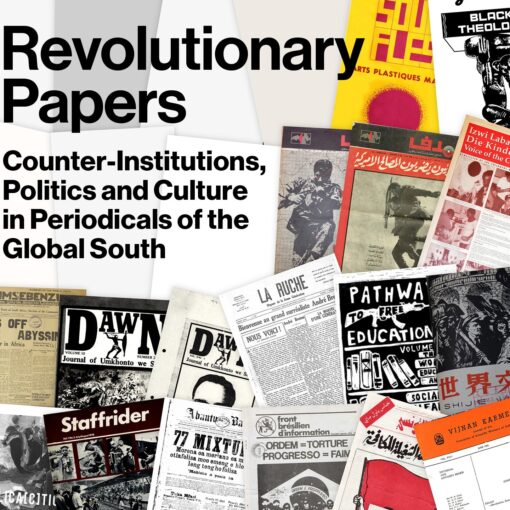CLICK HERE for the table of contents and links to full text.
This issue examines histories of opposition connected through the concept of sanctuary, including migrant struggles against militarized borders, indigenous practices of radical hospitality, GLBTQ spaces of refuge, policing-reform efforts, and practices of civil disobedience.
Sanctuary’s Radical Networks
The editors introduce the issue by examining the genealogies of sanctuary as a space- and movement-based oppositional practice, one that contests the sovereign power of the nation-state and the structural roots of intersecting oppressions.
Essays
Rachel Ida Buff examines the original distinction made between migrants and refugees and the ways US sanctuary and solidarity movements have contested it. Aimee Villarreal explores notions of sanctuary in relation to the self-determination of indigenous nations in North America starting in the late 1600s. Jason Ezell focuses on queer back-to-the land practices in the 1970s to ask how queer people in the US Southeast sought radical new definitions of sanctuary within gay liberation. Treva Ellison describes how gay and lesbian communities in Los Angeles in the mid-twentieth century sought police reform as a mode of enacting sanctuary practices.
Interventions
Carla Hung’s ethnographic analysis examines how Eritrean refugees created practices of care, shelter, and protection for each other in “sanctuary squats,” even when evicted by the Rome city government. Sunaina Maira convenes a transnational roundtable of migrant solidarity activists across the varied contexts of the United States, Europe, and Australia. Kyle B. T. Lambelet interviews Anton Flores-Maisonet about his work with Casa Alterna, which offers sanctuary and accompaniment to immigrants living in LaGrange, Georgia.
Teaching Radical History
Elliott Young discusses a collaborative workshop on civil disobedience that students, faculty, and community members organized following their efforts to create a sanctuary campus at Lewis and Clark College.
Curated Spaces
Rachel McIntire and Caleb Duarte elaborate on Duarte’s Casitas voladoras (Little Flying Houses) and his other collaborative works with migrants and refugees in the United States, Mexico, and Central America.
Cover: Walking the Beast at Yerba Buena Center for the Arts, September 7, 2018. Performance by students of NEST (Newcomer Educational Support and Transition Program), Fremont High School, Oakland, California. Artist: Caleb Duarte. Photo credit: Samuel Contreras.





